The image of 13-year-old Omayra Sánchez’s final moments is widely regarded as one of the most heartbreaking photos ever captured.
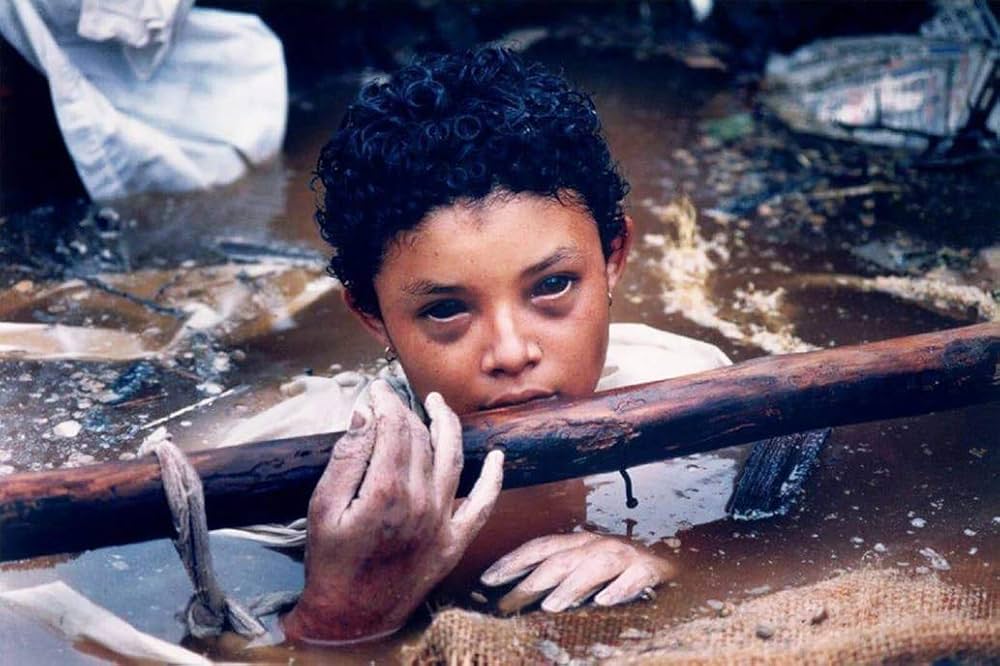

In the picture, Omayra is submerged up to her chest in muddy water, surrounded by debris. Her expression is somehow calm, despite her awful situation: after a volcanic eruption, her home had crumbled to the ground, and she was trapped beneath the rising water.
Her head was just above the water, as she clung on to a wooden beam.
Even more terrifying for Omayra was the eventual realization that, despite being alive in the watery wreckage, there was no way for her to escape or be rescued.
Her home in Armero was a developing municipality in Colombia, and resources and rescue tools were scarce, making any kind of rescue attempt difficult.
With Omayra’s legs tightly wedged in the concrete underwater, she could do nothing but await her bleak fate.
Locals and those who tried in vain to rescue her were faced with the heartbreaking reality of watching the girl perish in front of their eyes.
While they fed her, gave her water, and offered her words of comfort, they knew just as much as Omayra did that she didn’t have long left.
Despite her dire situation, it’s been reported that amid fits of panic and tears, Omayra would sing for the people who had arrived to offer their help.
Among one of the final people to speak to Omayra was French photographer Frank Fournier.
While photographing the devastation of the volcano eruption, he was made aware of a little girl trapped in the debris.
After he made his way to her, he snapped the gut-wrenching—and now infamous—photo of Omayra submerged in the water, her eyes jet black, mere hours from her final breath.
Many questions have arisen over the years surrounding Omayra’s tragic demise, specifically: why couldn’t she have been saved, and could more have been done to help her?
The Unfortunate Event
On November 13, 1985, the small town of Armero suffered a lahar—a volcanic mudflow consisting of water, volcanic ash, and rock fragments—as a result of the eruption of the nearby Nevado del Ruiz volcano.
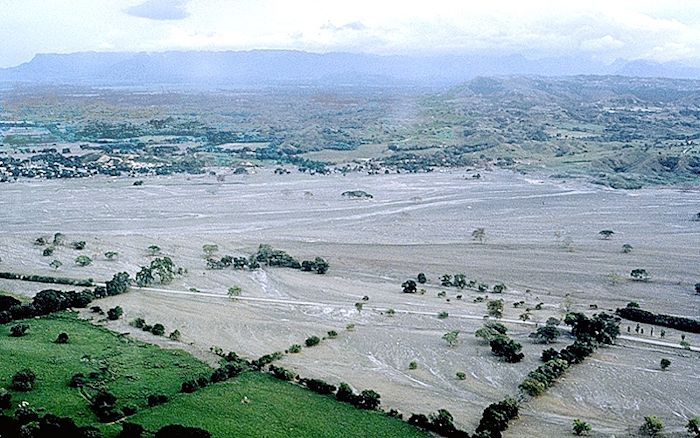
The volcano, which stood 17,500 feet above sea level, hadn’t exactly been peaceful in the years preceding its eruption.
In the months leading up to the eventual catastrophe, by mid-1985, Nevado del Ruiz had been giving off powerful seismic signals that indicated activity inside or below it.
The tremors would reach the town of Armero, which was 30 miles away from the volcano, and had been increasingly causing concern to residents.
While it alarmed the citizens, there was little they could do to prepare for an eruption, and it’s unlikely they knew just how disastrous a possible eruption would be.
Then, on November 13, 1985, their worst fears were realized: the volcano finally exploded. When it did, it triggered a mudflow that reached a speed of 30 miles per hour.
When you consider that the average adult runs around five to six miles per hour, it puts into perspective how inescapable the lahar was for the locals, who were helpless as the heavy mud oozed through their town.
Homes were quickly demolished, roads destroyed, and agricultural land was ravaged by the fast-flowing mud. The lahar reached heights of 132 feet and traveled as far as 60 miles from the Nevado del Ruiz volcano.
In a matter of hours, the mudslide caused complete chaos, claiming thousands of lives and destroying just about anything that got in its way.
Most of the townsfolk of Armero would lose their lives as a result of the volcanic eruption, and the few survivors wouldn’t escape without injury.
Those spared by the event found themselves trapped in the nightmarish scene, surrounded by mud, debris, and the remains of those who had fallen victim to the mudslide. At least 25,000 people lost their lives, which was a large chunk of Armero’s population.
One of the many locals who found themselves in the path of the lahar was thirteen-year-old Omayra Sánchez. The watery debris caused her home to crumble around her, trapping her in the wreckage.
For a while, she was alone in the rubble and murky water until finally a rescue worker noticed her and alerted the other volunteers.
They helped Omayra to keep herself above the muddy water by holding onto a piece of wood. It soon became apparent that a rescue attempt would be no easy feat: her legs were trapped by concrete underneath the water.
Wrapped around them were the arms of her aunt, who had long since perished.
Omayra Sánchez’s Hellish 60 Hours
Rescue workers initially tried to pull Omayra from the water. Her legs were almost in a kneeling position, tightly bound to the floor by the bricks that once made up her home.
When the aid workers tried to hoist her from the wreckage, the water that surrounded her rose higher each time they pulled.
Essentially, by trying to pull her out, they were making the watery debris rise up, meaning if they kept trying to do this, they’d end up drowning Omayra.
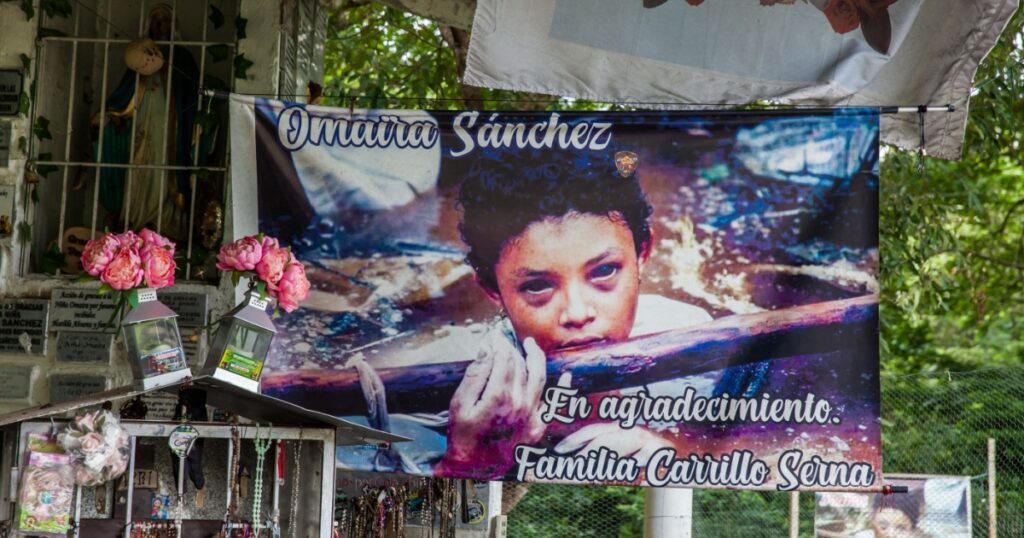
It quickly became apparent that the only way to rescue her would be to amputate her legs, a procedure deemed fatal for Omayra.
The small town in Columbia was no longer as prosperous as it once had been, and resources were few and far between. Even if the rescuers had the tools to perform the surgery, no medical care or hospital was nearby for treatment.
Doctors at the scene agreed the most merciful thing they could do was to let Omayra die.
It soon became clear that all the rescue team and surviving locals could do was stay by Omayra’s side and offer her company. She’d ask for sweet food and sip soda given to her by the large crowd that had now gathered.
Journalists arrived at the scene after word spread about the teenage girl in the nightmarish predicament. Despite the situation she was in, she agreed to give interviews.
Omayra would sway from positive and talkative to having bouts of crying and praying. She was clearly scared, though as hours turned into days, she became increasingly weary and delirious.
Her hands, which had been submerged in the water, were now white, her face had become swollen, and her eyes were so bloodshot they looked entirely black.
So many people had gathered to offer Omayra support that, at one point, she asked them to leave her be so she could rest.
By day three, she began to hallucinate. She started to speak of missing school, worried that she was going to be late and have to redo the entire school year.
One of the journalists who was in Columbia to document the natural disaster was French photojournalist Frank Fournier.
Initially, he was just reporting on the rescue efforts and taking pictures of the traffic aftermath. However, once he heard about the girl trapped in debris, unable to be rescued, he made his way to Armero with the intent of documenting the heartbreaking situation.
Upon arriving in the town, Frank noticed many other victims in the debris, crying out for help. Rescuers did their best—though often in vain—to save them.
Amid the chaos was a surprisingly calm teenage girl who, after almost 60 hours trapped in watery debris, appeared to be resigned to her fate.
In the days she’d been stuck, the rain had raised the water levels, meaning only her head and hands were above the murky pool.
By the time Frank got to her, she was slipping in and out of consciousness. After almost three days submerged in water, the photographer took the infamous photo of Omayra, her blackened eyes looking straight into the lens.
Omayra’s final words on camera were, “Mommy, I love you so much. Daddy, I love you. Brother, I love you.”
At around 10 am on November 16, Omayra Sanchez succumbed to the elements and passed away. She flung herself backward into the water, leaving only part of her face above the surface. When her passing was confirmed, a tablecloth was placed over her.
Meanwhile, Maria Aleida, Omayra’s mother, was giving an interview to a radio station detailing the circumstances of her daughter’s predicament. At this point, she did not know her child had passed. She was informed mid-interview.
As she wept, the radio hosts called for a minute’s silence to honor the young girl.
The news naturally devastated Maria, though she would concede that she had to be strong for Omayra’s surviving brother, 12-year-old Alvaro.
The story quickly became worldwide news, particularly after Frank Fournier’s photo of Omayra was released.
The main question people had was why the girl couldn’t be saved; wasn’t it just a question of removing the rubble and debris from her lower limbs to free her?
Sadly, basic tools—even shovels and cutting tools—weren’t readily available. Colombia was labeled an “underdeveloped” country that simply didn’t have the means to supply its people with the equipment needed to aid in such a big rescue mission.
The rescue process that did happen was later described as “disorganized” by those who took part.
The Backlash Surrounding The Photo
The sad photo of Omayra Sánchez went on to win Frank Fournier the 1986 World Press Photo of the Year.
This sparked controversy and outrage, with many people wondering how the picture of a dying teenager could bag a photographer an award for snapping it.
Frank would defend his choice to take and release the photo, insisting the picture was important because it exposed the true brutality of natural disasters in poor countries. “There are hundreds of thousands of Omayras around the world,” Frank would say.
He would follow that he felt “powerless” to help Omayra.
Armero no longer exists, though the ruins are open to those wishing to honor those who lost their lives. Here, there is a small monument to commemorate Omayra’s life.
Sources
http://news.bbc.co.uk/1/hi/4231020.stm
https://rarehistoricalphotos.com/omayra-sanchez-colombia-1985/




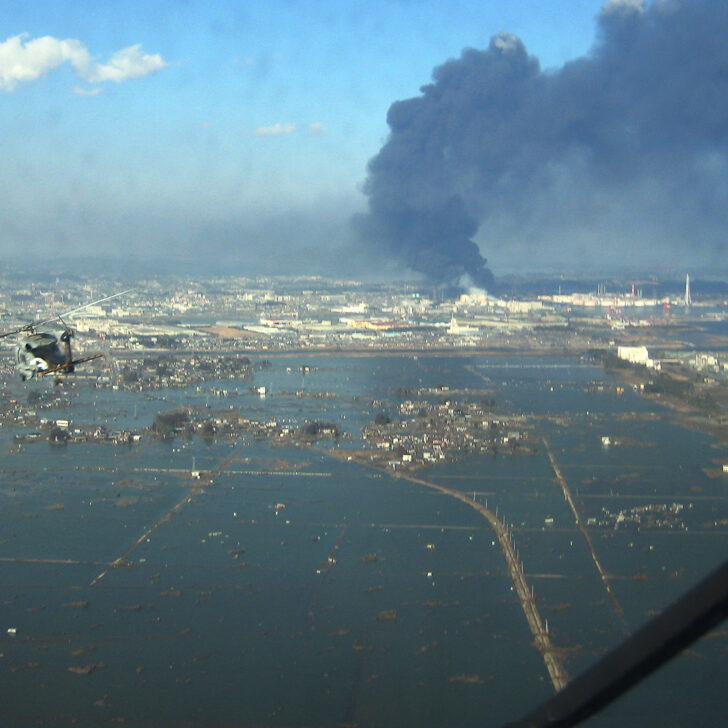

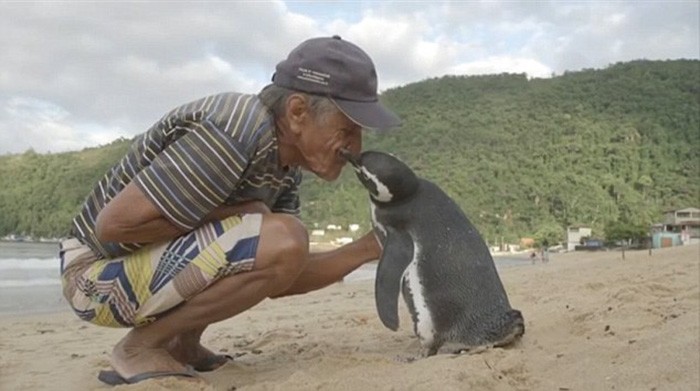

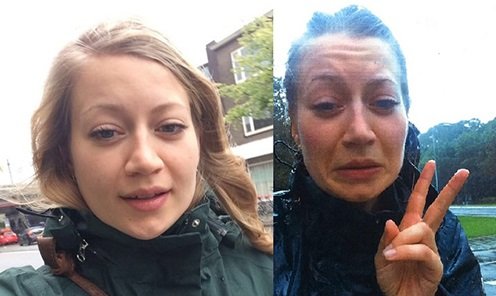

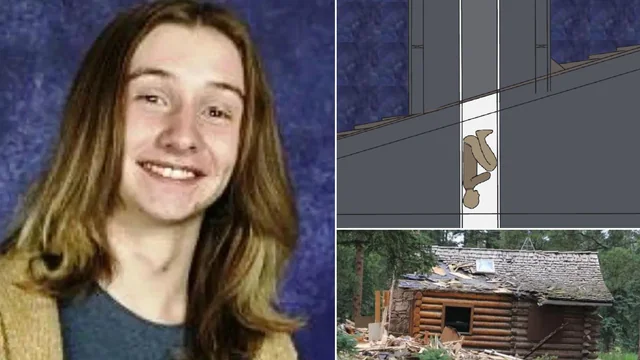
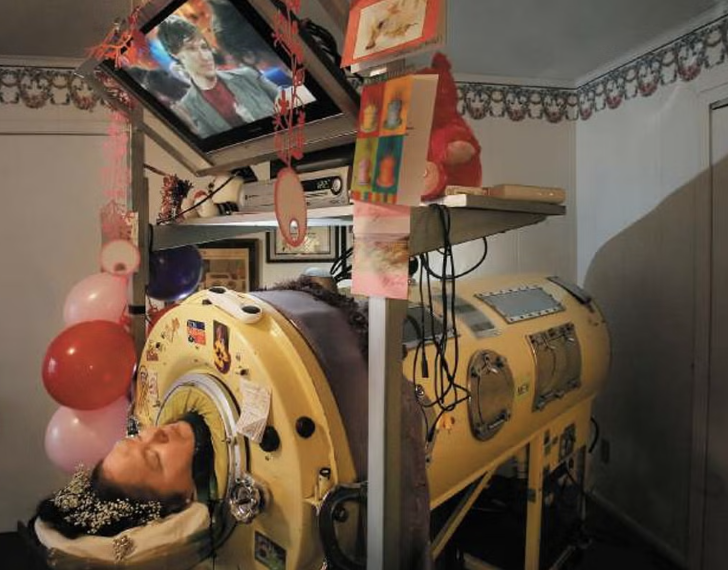
Leave a comment